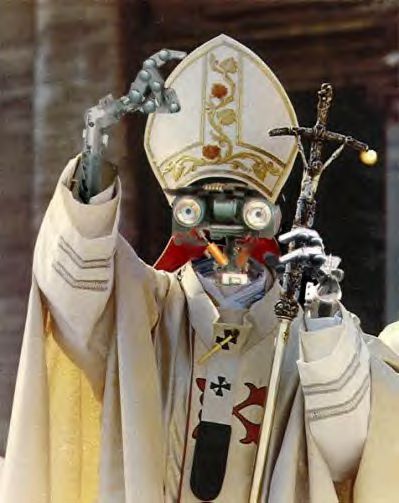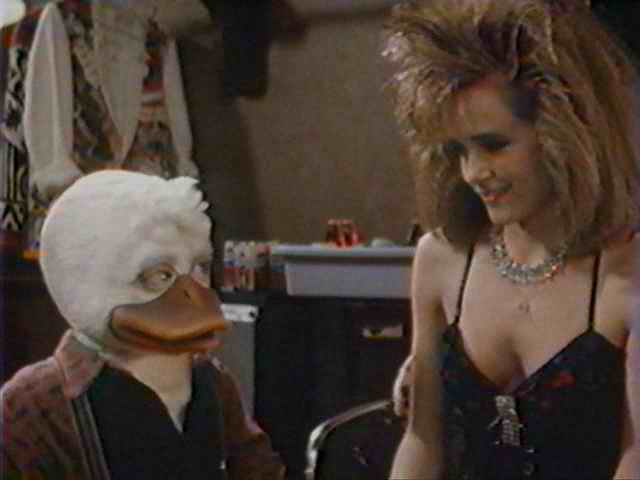Re: Alities
If ever there were an overburdened term, it’s “real,” or its aggregate, “reality.” We obviously find it important to discuss whatever we’re discussing when we ask if something is “real,” but we mean so many different things by the term, agreement on the reality of an object of discussion is hard to arrive at, and once we agree we’re not often too certain that we agree on how the object at hand is real. Therefore I suggest breaking down any discussion of the reality of an object into a discussion of seven related qualities of that object, seven qualities that most often underlie any discussion of an object’s reality.
Spatiality-What space does the object exist in, if any? Does it exist in real space? Does it exist in a virtual space? Which virtual space? (A virtual space is a set of possibilities arranged in some order along one or more dimensions, with each dimension corresponding to a trait, with proximity along a certain dimension representing similarity in terms of that trait. Examples would include the light spectrum, the protein space biologists imagine to help them comprehend the range of possible proteins, the periodic table of the elements, the Platonic form space.)
Dimensionality-How many dimensions does the object occupy in its space? Note that we speak here of relevant dimensions, meaning dimensions in which the object has some changing feature. An image on a screen is two dimensional. A ball bearing is three dimensional. A car crash is four dimensional. A string of morse code is perhaps an example of a one-dimensional object. Objects existing in a virtual space occupy however many dimensions the virtual space is defined by.
Emotionality-What emotion accompanies this object? How intense is this emotion? Note that the emotionality of an object does not necessarily decide whether the object is “real”; the purpose of these terms is rather to replace discussion of an object’s reality.
Consensuality-How many people perceive this object? To what extent do they agree on this object’s qualities?
Artificiality-Is this object the product of natural processes or of an artistic process? Is this object designed to deceive, to be taken as something other than what it is?
Personality-Is this object a person? To what extent does this object qualify as a person? What traits does it share with persons? Imagination? Self-awareness and self-modeling? Free will? Subjective experience? Emotional experience? Desires?
Morality-Is the object correct, right, moral, ethical, true, virtuous, honest, freely chosen? In some cases this question should determine whether we speak of an object as real. For instance, the “love” most deserving of the name is better defined as a choice based on rational thought, than as an overwhelming emotion or a history of transactions. Should we not call this love “real love”? If we do so, is our basis for doing so anything other than the love’s “morality”?

